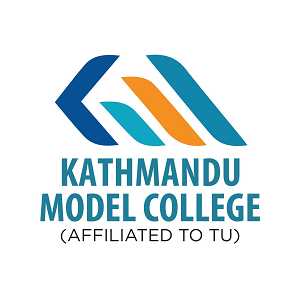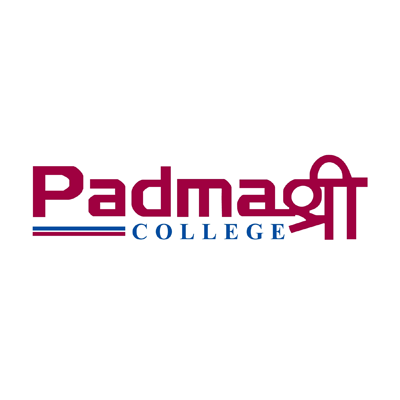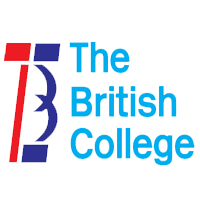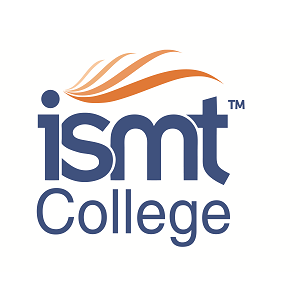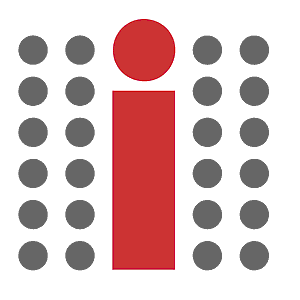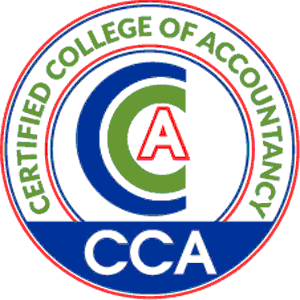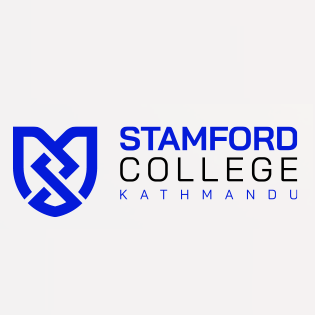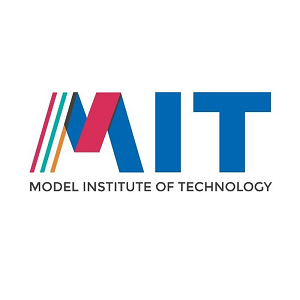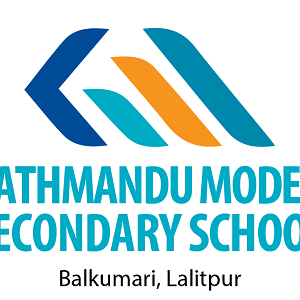Overview
MBBS Programme in Lumbini Medical College (LMC):
AIM OF THE MBBS PROGRAMS:
Adhering to the international standard set for Undergraduate Medical Education by the World Federation for Medical Education, and abiding by the norms set by Lumbini Medical College, Medical Councils of the other countries including South Asian Association for Regional Cooperation (SAARC), the General Medical Council of United Kingdom, Accreditation bodies of Australia, Canada and the USA, and following the undergraduate medical (MBBS) curriculum of Kathmandu University.
The LMC aims to imbibe the inquisitive minds of medical students with scientific knowledge of medical science, train their hands and special senses with psychomotor skills and inculcate benevolent, compassionate and empathetic attitude in them with the aim of educating a cadre of competent medical practitioners who shall be able to serve the human community throughout the global village during the twenty first century.
BACKGROUND:
The Bachelor of Medicine and Bachelor of Surgery (MBBS) program includes the core curriculum of four and a half academic years. It comprises of basic medical sciences, clinical subjects and community medicine including medical informatics, community based learning with community exposure and elective study extending in to the fifth academic year. In addition the rotating internship (pre-registration year) of one year is compulsory at recognized hospital before taking the licensing examination of Nepal medical council which is essential for getting registration for practicing as a full-fledged medical practitioner in Nepal.
An early exposure of medical students to patient’s problems motivates student learning and encourages them to learn communication skill while taking with patient during history taking. Likewise, exposure during the organ systems based learning provides opportunity for the student to correlate the integrated understanding of basic medical sciences. The correlation of basic medical sciences with clinical sciences helps the students to learn and understand extensively the mechanism of disease and its treatment which is advantage over the didactic conventional method of instruction.
An early exposure in the community in the form of community diagnosis, during the third semester, allows medical students to look at medicine with holistic view and makes the visualize the real community in terms of its demography, housing, water supply, toilets, schools, health center, food habit and health care facilities.
The interface between medical education and the delivery of health care service must go hand in hand, if a meaningful impact in health care services to the general public is to be anticipated from the system of medical education program.
Hence, a very careful planning of the undergraduate medical education program by an imitative medical college like LMC consider the undergraduate curriculum of a university as the core curriculum for the program and includes other learning objectives related to MUST KNOW areas which are considered most essential and form the part and parcel of undergraduate medical education program.
Practices at progressive medical colleges, schools and experience in medical education show that, apart from following the core MBBS curriculum of the conventional medical subject, medical ethics, and medical informatics and elective study, must find their rightful placements, in the undergraduate medical education program. This will help the medical graduates to work very efficiently and effectively in this competitive field of medicine. The reorientation of medical education (ROME) program adopted by World Health Organization lays stress on making the medical education program relevant to the professional competencies.
If the medical education program of today is aimed at producing competent medical graduate for tomorrow, an account of the future roles of medical graduates who are independent to think, independent to judge and independent to make decision and practice Medicine, Surgery, Obstetrics and Gynecology has been considered, during the four and half year of MBBS program.



